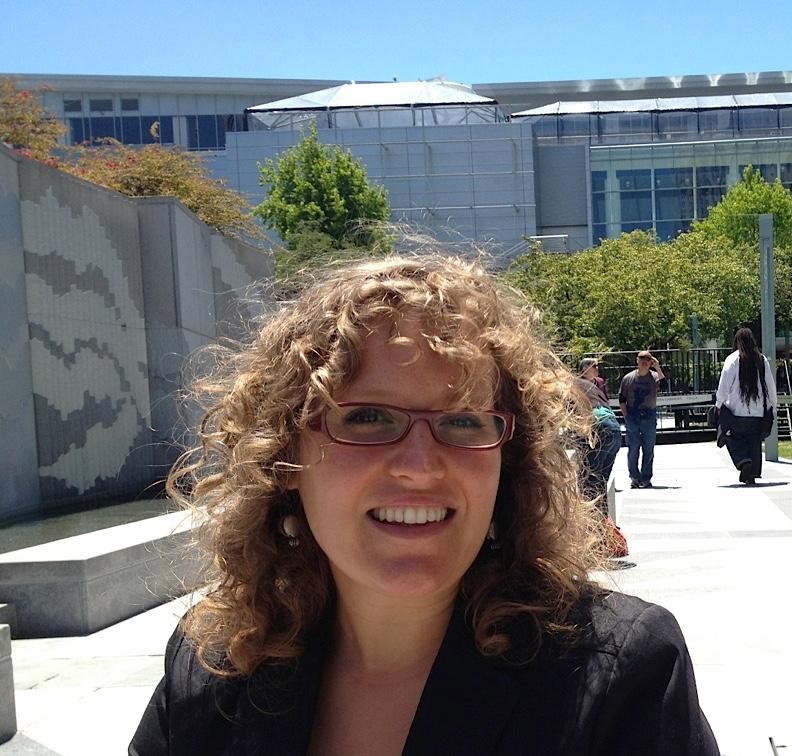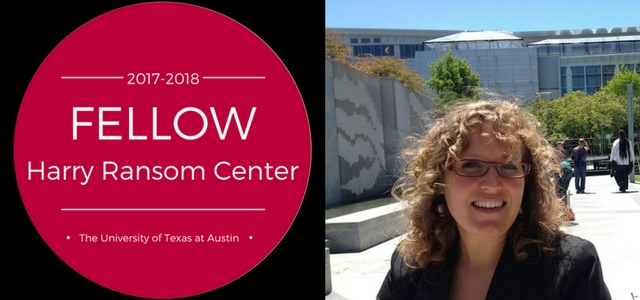
Sarah Papazoglakis (University of California, Santa Cruz) discusses her research interests in advance of her visit to the Ransom Center.
Papazoglakis is supported by a dissertation fellowship, jointly sponsored by the Harry Ransom Center and The University of Texas at Austin Office of Graduate Studies.
Tell us about your research, “Doing Good, Behaving Badly: Fictions of Philanthropy in the Americas.”
My dissertation interrogates the narrative power of American philanthropy in the story of the rise of the United States as a global superpower. My research at the Harry Ransom Center will examine the humanitarian and political engagements that informed the writing, publication, and reception of Julia Alvarez’s In the Time of the Butterflies. Given that the book was cited at length by the United Nations General Assembly when it adopted November 25 as the “International Day for the Elimination of Violence Against Women” in 1999, I will pay particular attention to the political engagements and international human rights organizations that influenced Alvarez as she wrote and once she published the book.
What initially drew you to this topic?
My doctoral project grows out of years of working for community-based social justice organizations in the Washington, D.C. area from 2004–2012. After 2008, in particular, I noticed that funders began to blame rejected applicants for the failure of their narratives to convince funders to give in such difficult times. This ultimately led me to study philanthropy itself as a quintessential narrative of American identity in the twentieth century.
Which collections at the Ransom Center are most relevant to your research?
The Julia Alvarez papers will provide access to sources that will inform my examination of the process Alvarez uses to “bring acquaintance of these famous sisters to English-speaking readers,” as she states in the postscript of In the Time of the Butterflies.
Why is it important that you visit the Ransom Center to work on-site with original materials?
My proposed research project will delve into the humanitarian and political engagements that informed the writing, publication, and reception of Alvarez’s book, drawing from unpublished materials only available at the Ransom Center.
How will your dissertation shape conversations within your field?
I expect to trace the process from revision to publication paying particular attention to the political and humanitarian development of the book from Alvarez’s original drafts and edits to the final publication. This particular research into her work has not been done before. In fact, there is no work that looks at Alvarez in the growing fields of literature of human rights or philanthropy and literature.
Outside your primary research interest, are there other collection items at the Ransom Center that you hope to see?
I hope to spend time in the Magnum Photos collection. I am especially interested in viewing the photos used for the Ransom Center’s 2008 “Inside El Salvador” exhibition and exploring some of the early Louisiana history material in the Edward Larocque Tinker library.
